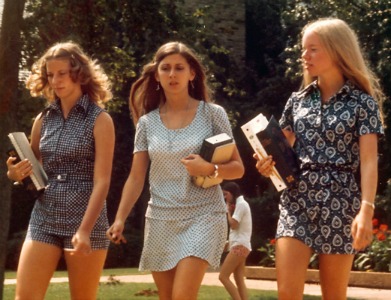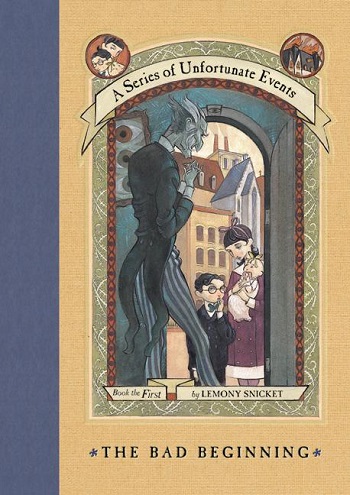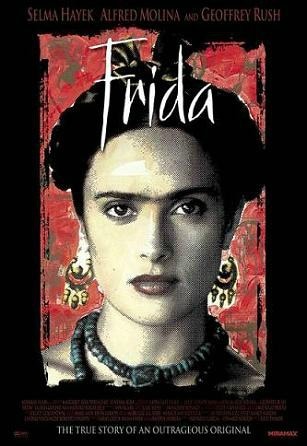Aesthetics and Activism: The History of the Miniskirt

From the A-line minis of popular mod culture to the plaid ones circa Clueless and the denim ones that Abercrombie and Hollister churned out in the early 2000s, miniskirts have become a wardrobe staple, especially among young people.
This popular style has a long history behind it, heavily rooted in the women’s liberation movement and youth culture. The mini was a form of expression that represented independence and ingenuity, which is why it’s culturally significant as well as stylish.
Below, I’ll take you through the history of the miniskirt and explain how this item grew from a social statement into a wardrobe classic.

Table of Contents
Setting the Stage: Youth Culture in the 1960s
Although hemlines had been steadily rising throughout the early 20th century, it wasn’t until the ’60s that miniskirts became popular, especially with young people.
Up until World War II, teenagers were essentially mini adults. They dressed and acted a lot like their parents and many settled down and began raising families when they were young, typically right after high school. Also, many were expected to work and assist their families financially. As a result, teen culture before the war was practically non-existent.
After WWII, however, with the advancement of many technologies and stricter child labor laws, teenagers gained more time to enjoy their youth. This created a climate where they had a freedom to create their own culture separate from their parents. They soon began to establish their own identities and communities with their own views and ideas, breaking away from their parents’ traditions and beliefs.


















